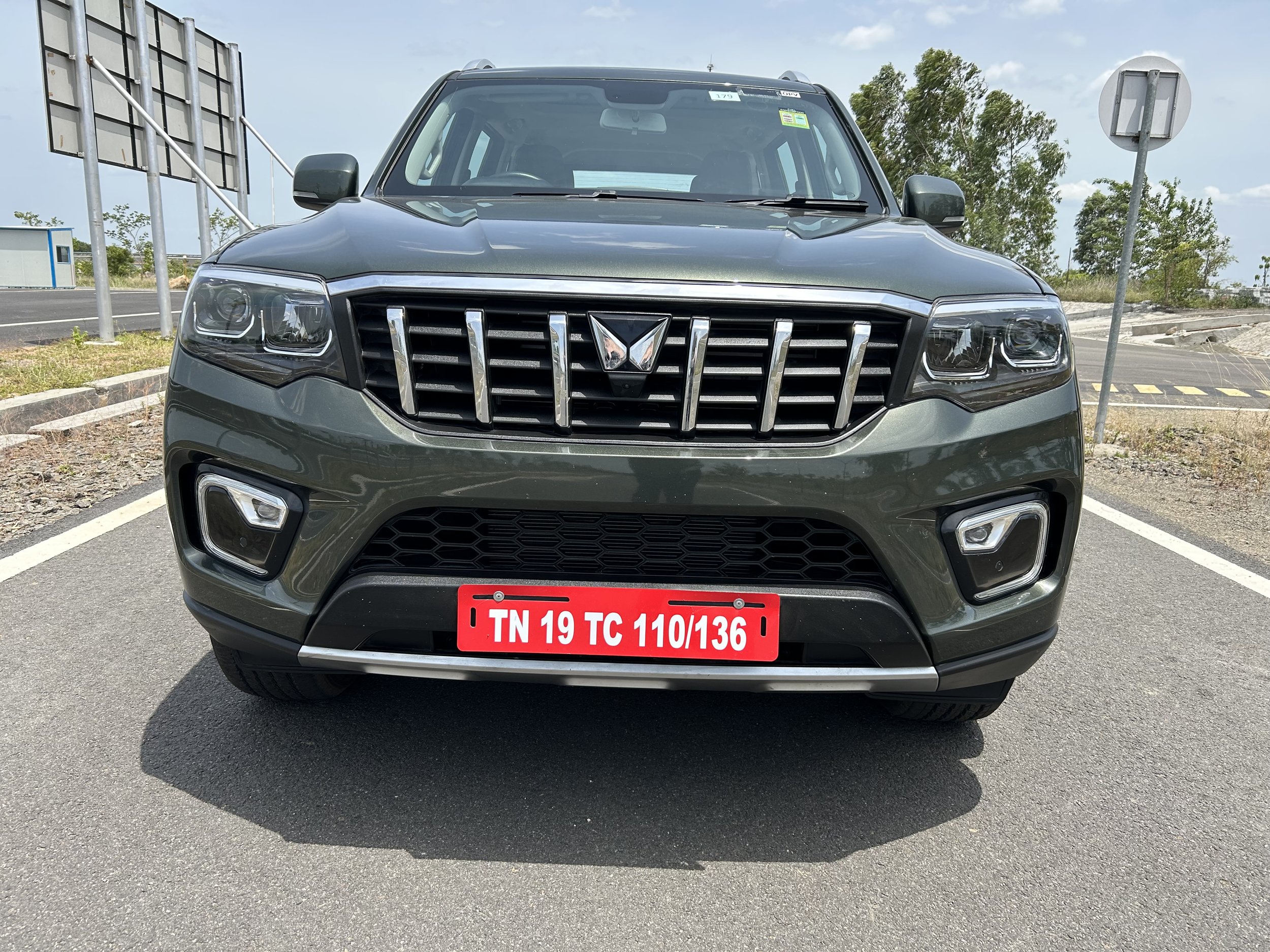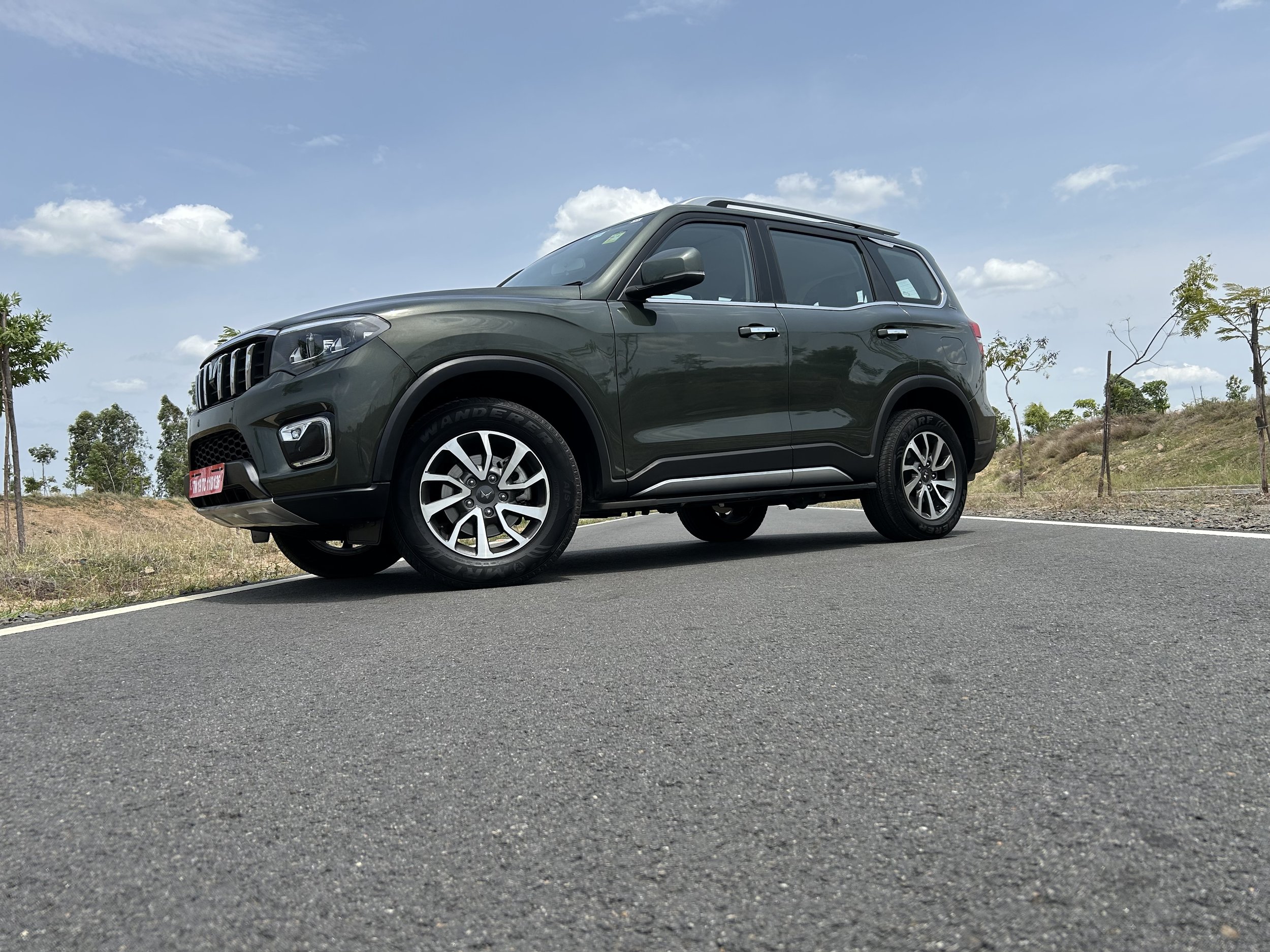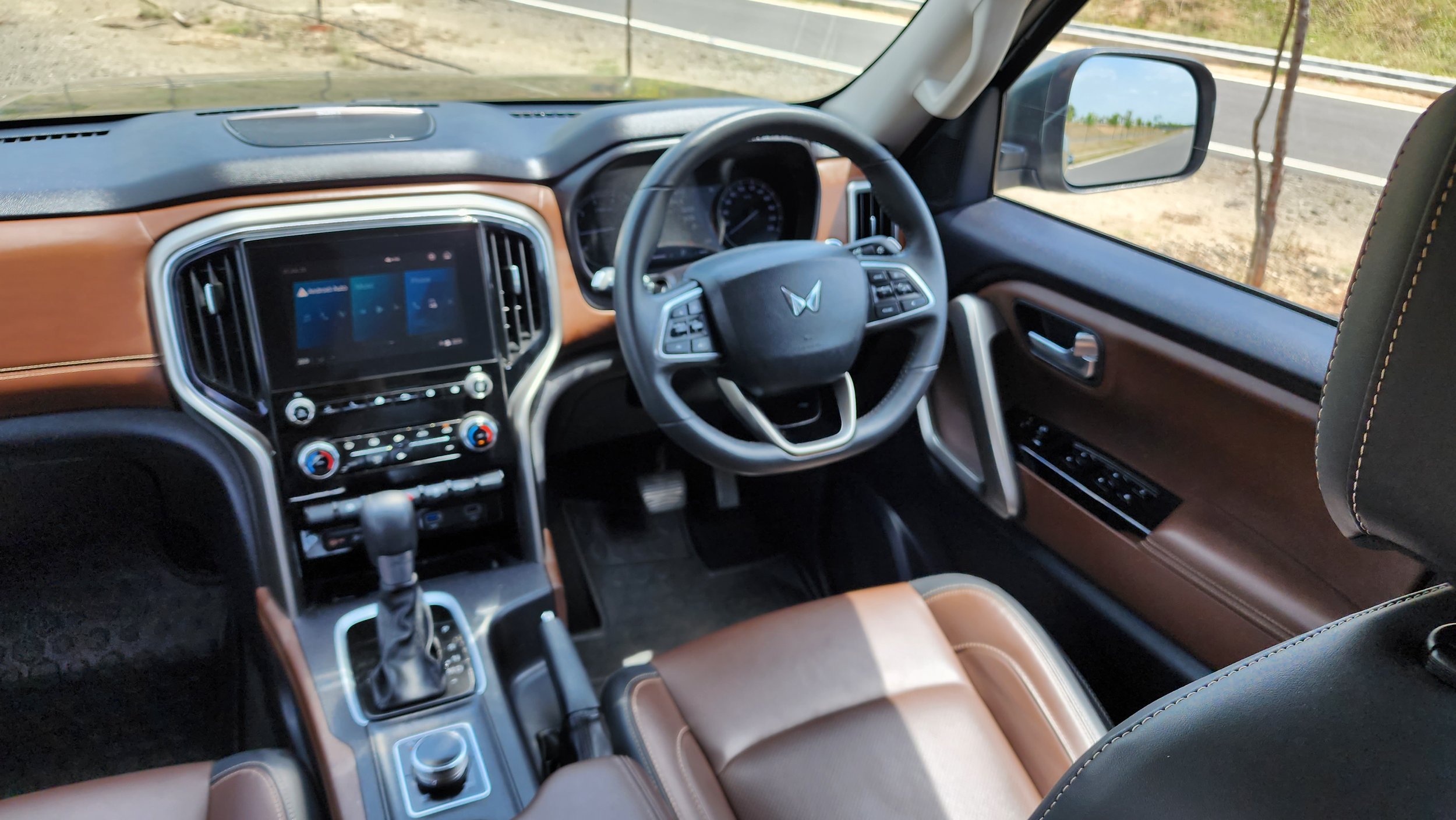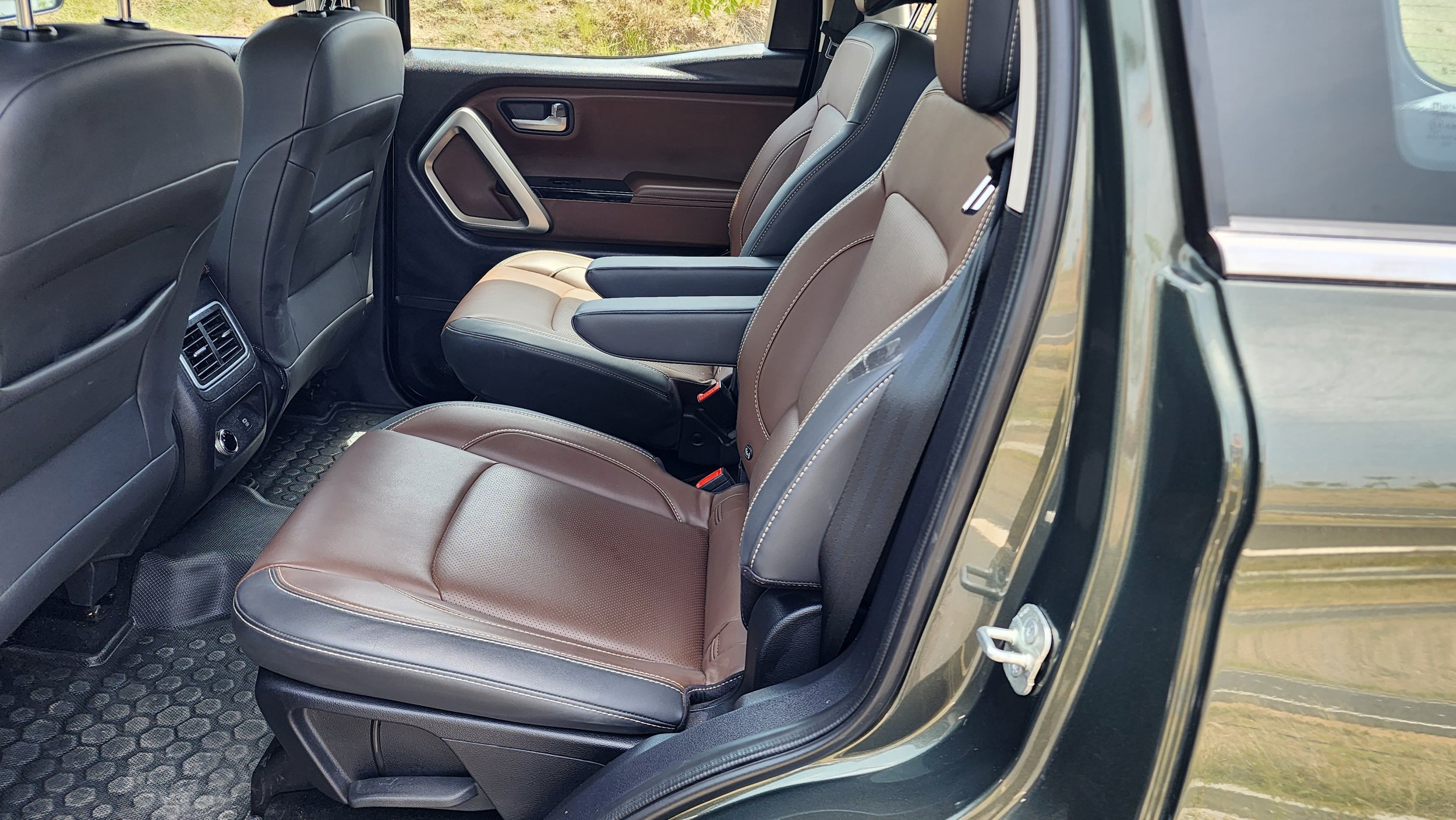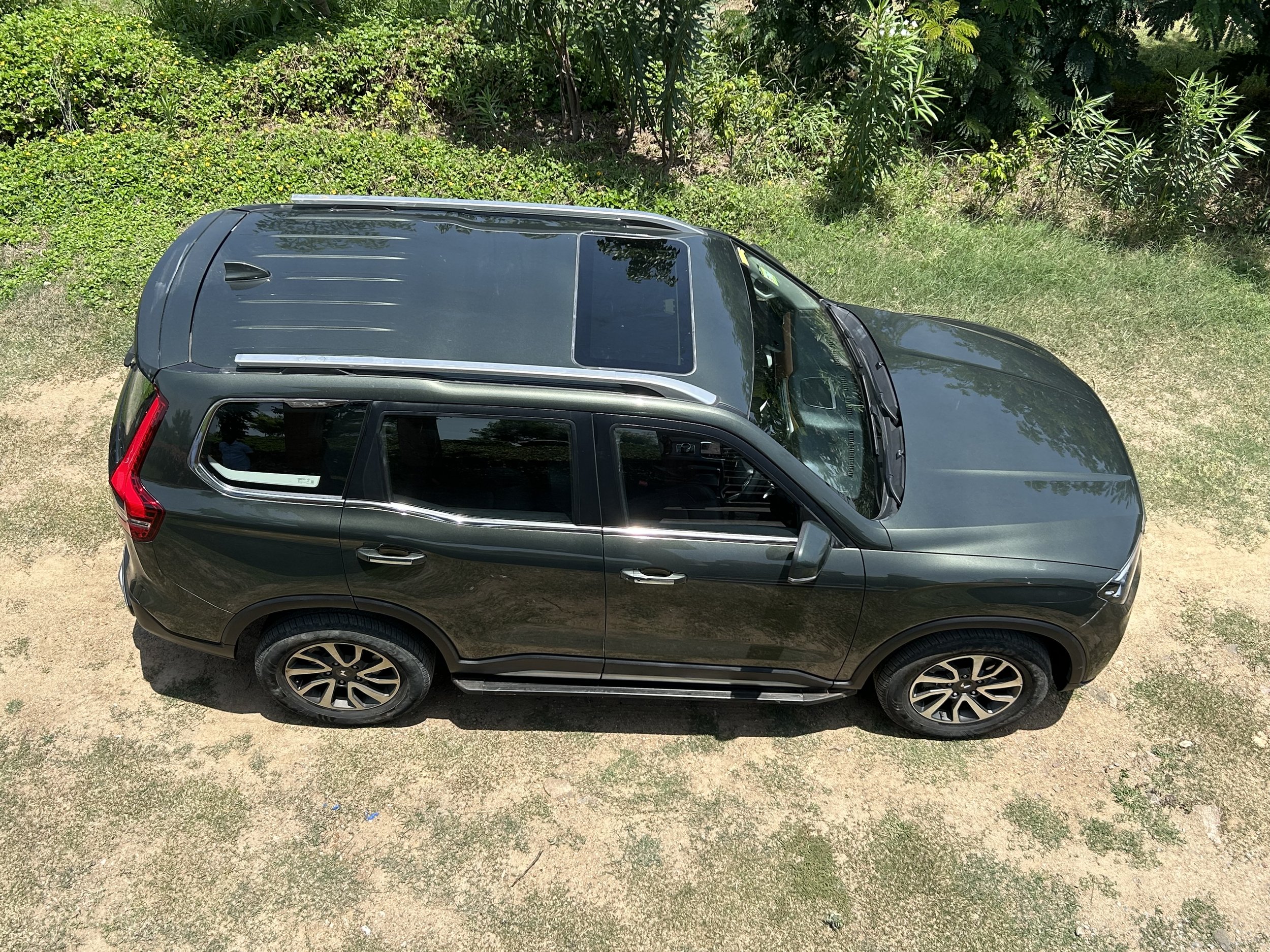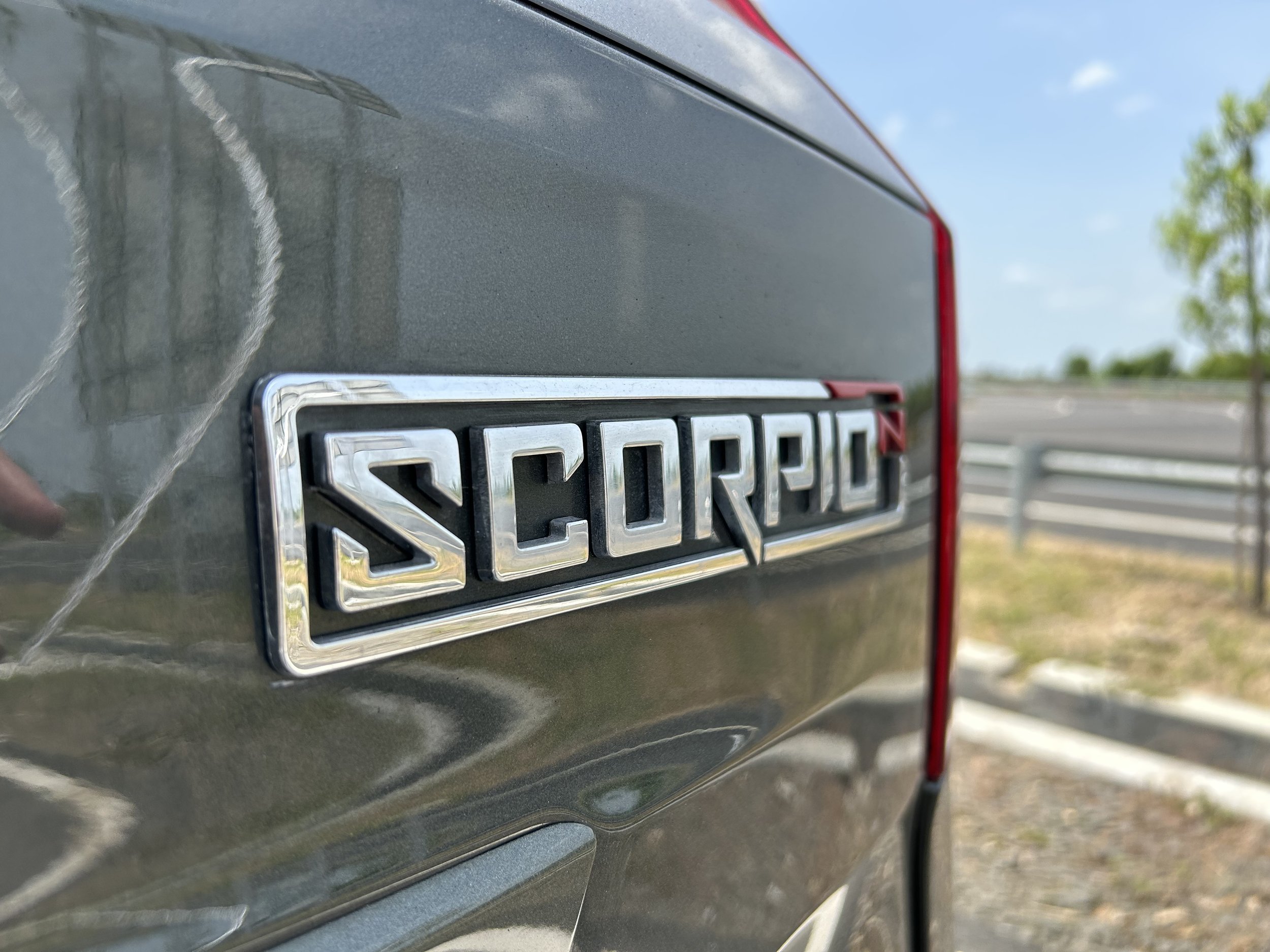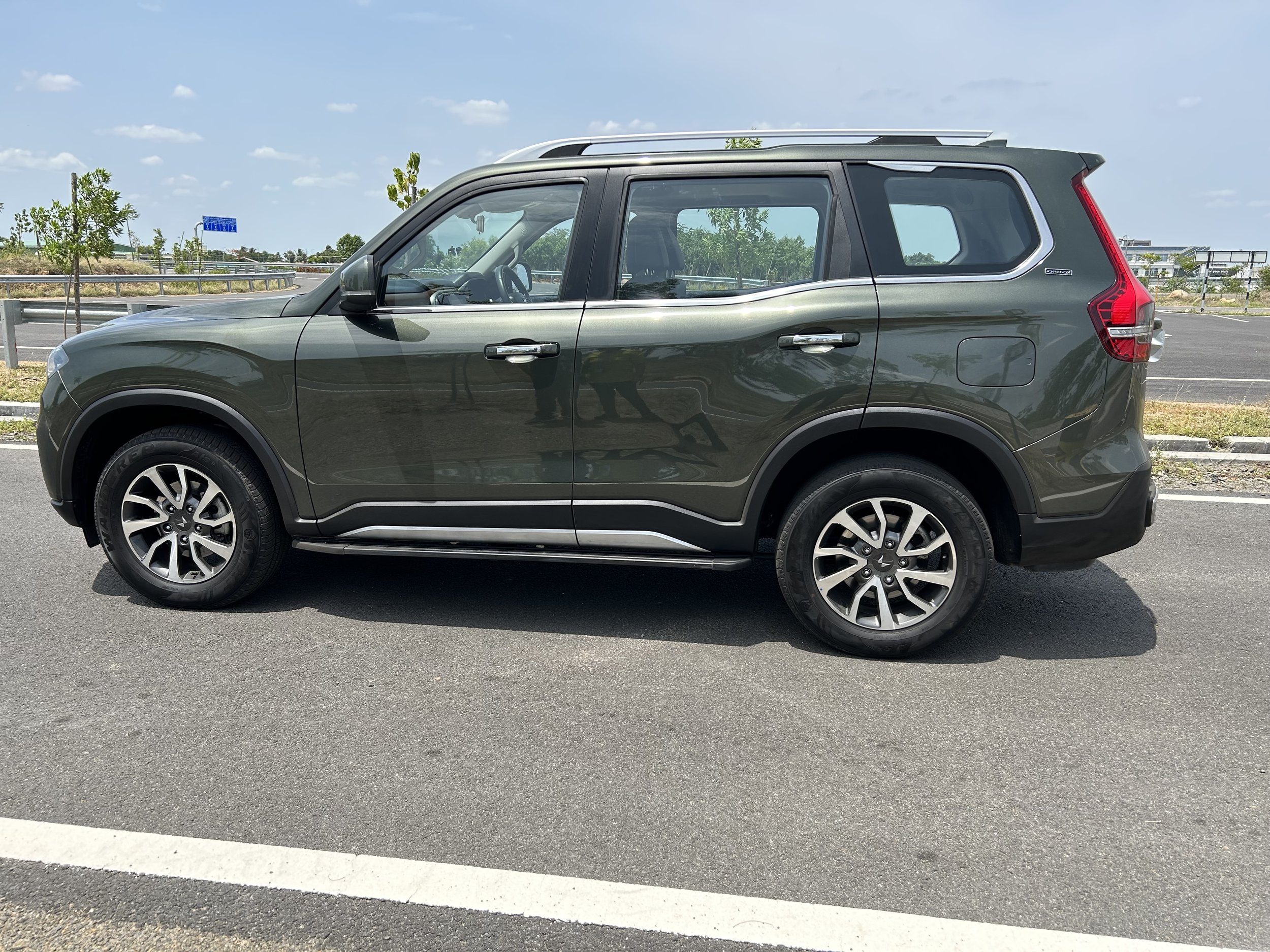Mahindra Scorpio first drive: Star sign-up for tough tracks
/Hitting the tracks - one all about high-speed, the other a mucky slog - reveals lots of talent from this robust alternate to the Toyota RAV4 and Subaru Forester.
SPORTS utilities resonate with Kiwis and even with interest mainly gravitating toward compact to medium monocoque ‘tall’ cars tuned for sealed roads, there are plenty still keen on fare whose old-school formula approach lends more credibility in tough conditions.
That’s why Mahindra locally is so pleased to achieve its second seven seater sports utility. A medium-large body-on-frame four-wheel-drive wagon, the Scorpio follows XUV700, a slightly larger, more streetwise monocoque medium SUV shown to us in February and on sale since March.
New Zealand has the new model in four family-set diesel choices though a petrol is not yet out of the question, media visiting India as the brand’s guests were told.
The line starts with Z8 specification, in seven seat $44,990 rear-drive entry and $47,990 four-wheel-drive, and Z8L that’s purely four-wheel-drive, at $49,990, rising another $1000 if the three-person middle bench is pulled out and a pair of captain’s chairs installed.
Ostensibly, Scorpio might seem to be aiming at much the same buyer set that XUV draws in its $36,990 two row five-seat AX5 and $40,990 and $43,990 AX7 three row, seven-seater formats.
In reality, there’s no complication having both, as they truck in different directions. XUV700 as we know it is seal-suited, front drive with a 2.0-litre petrol engine. Scorpio has a diesel-drinking 2.2-litre, an improved version of the mHawk engine we’ve met before, now with an aluminium block and a variable-vane turbocharger.
And it’s a child for the wild; Scorpios are said to be tenacious, intuitive and ardent - when they decide to go for something, it’s an all-in thing.
Such is the character of this namesake model. The daily driving regime in India is far more rigorous than ours. Formed roads here can be in horrendous state; people who complain about the upkeep of NZ routes should try the drive from Pune airport to the factory where Scorpio and XUV are both built. Heavy vehicles and monsoon rain have taken a toll. It is beyond battered. You’d think some sections had been subject to shell fire.
Scorpio’s ability to cope with, if not shrug off, those conditions is one reason why it is very much a legend in India. The model in home turf spec is highly similar to ours, but there it is badged as the Scorpio-N.
That’s to differentiate it from the original Mahindra Scorpio, which was supposed to have gone into retirement after 20 years’ production, yet remains around because it’s people don’t want to let it go. So it remains in production alongside the next-gen that would normally have replaced it. The old stager is now Scorpio C (for Classic), the new Scorpio N.
But only at home. Mahindra marketers, Scorpio works better for their international markets. They don’t want it to be called ‘Scorpion’. There’s still potential for original identification being used. The’N’ leaves the external badging, yet it still shows on the dashboard and floor-mat branding.
In India Scorpio rates as a large SUV, which raises impression it’s in the same camp as the Mitsubishi Pajero Sport, Toyota Fortuner and Ford Everest. But it’s not. For one, those are $10,000 and $20,000 more expensive. For another, they are more substantial. Really it’s more a ‘large’ medium. Even though it stands quite tall, at 1857mm, and is relatively wide (1917mm), with overall length of 4662mm and a wheelbase of 2750mm, it’s around the same size as a Toyota RAV4. Just with more ground clearance. An extra decent 227mm.
The NZ specification is rich. The base fit out has LED headlights with DRLs and sequential indicators, 18-inch diamond-cut alloys, a sunroof, keyless entry, push-button start, power-folding mirrors, auto headlights/wipers, driver’s auto up/down window, dual-zone climate control with fan-controlled second-row vents, a chilled glovebox, 8.0-inch touchscreen with wired Apple CarPlay/Android Auto (wireless is coming), a leather-bound steering wheel and tyre-pressure monitoring.
The Z8L gains an auto up/down window for the front passenger, front parking sensors with a front camera (joining the Z8’s rear sensors and camera), a six-way electric driver’s seat, a 7.0-inch colour driver’s display, wireless phone charging and 12-speaker Sony audio with subwoofer.
Mechanically, the engine offers 129kW at 3500rpm and 400Nm from 1750-2750rpm and feeds through a ‘4xplor’ shift on the fly (at up to 80kmh) four-wheel-drive via a six-speed automatic.
There are three terrain modes, an auto-locking rear differential (below 30kmh), three drive modes (an ‘eco’ Zip, a ‘normal’ Zap and a ‘sport’ Zoom), an idle-stop system, four-wheel disc brakes with brake-wiping, a hill-hold system and hill-descent control.
The model spent six months and 120,000km at the neighbour’s during pre-release testing. It took on a wide span of Australian conditions, from desert to snow country. More recently, it signed off with a record drive across the Simpson Desert.
The emissions calibration is set for for Euro 6b (a step down from the Indian market’s Euro 6d) and CO2 emissions of 220 grams per kilometres, 1g/km above the count cited for XUV700, means it carries a $4000 Clean Car penalty. Given the type of driving undertaken, there was no consideration of how accurate the cited fuel economy of 7.2 litres per 100km might be.
Kiwi media drove the car at two private test locations. For public road work, Mahindra used local drivers and required use to be passengers. If you know the conditions they face, you’ll understand why. Imagine being in a real-life driving sim where everyone seems to be out to nail you. That’s India on any given day, in any given situation. It’s nuts.
For us, there was an initial taster at the vast Mahindra SUV Proving Ground (MSPG) test ground near Chennai that gave some insight into how it might go on everyday roads, plus also offered a first try out in off-road conditions, on a bespoke course. Oh, and we also got to zap around the four kilometre high speed bowl, at up to 180kmh. Two days later we experienced Scorpio in the wild properly, with mud-slinging involvement on a privately owned four-by-four course atop a mist-shrouded mountain.
Neither environment was exactly representative of the conditions that it have to handle in our market, but assuredly the experience was full on.
The proving ground’s off-road course was tough in its own right. The terrain near Mumbai where Mahindra headquarters, even more so. Mud, mud and more mud.
In some respects, the Scorpio isn’t the most advanced or polished car. For all the fineries, it has hard plastics, the leather-like seat coverings are vinyl, the reversing camera has low-rent resolution and the usual adjusts for steering wheel reach adjust and seatbelt height are conspicuously absent. The front driver’s seat has height adjust, but the front passenger’s doesn’t. The boot lacks electric assist. It’s good, but it’s patently not fully glam.
The styling is solid, but though you know it’s absolutely fresh, it doesn’t look totally ‘new’.
Those aspects probably don’t make huge difference to the buyer set. Mahindra is primarily chasing consumers who want value, ‘no-bullshit’ motoring.
They want a car that they potentially intend to subject to reasonably conditions, that’s roomy, that’s reliable and, most of all, comes at a realistic price. They could well be rural people who might previously have run something like the previous Isuzu MU-X or its Holden Colorado 7/Trailblazer equivalent and have been biding their time for something just as tough. Well, here it is.
From the involvement so far, the plus points are the clearly evident. While everything is ultimately about everyday competence rather than outright charisma, there’s a pleasing honesty about this model.
Take the performance. The engine isn’t over-endowed with power, but it has good torque across a broad rev span. It works well with the Aisin automatic - which can be hand-shifted but, unless you’re in serious mud-plugging mode, is best left to its own devices. It has consistent pull, but at the test track acceleration was more determined than outright brisk. That 0-100kmh takes a shade less than 11 seconds comes as no great surprise. It’s a vehicle that takes a measured approach. At same token, it doesn’t seem to require great gulps of fuel when it’s being pushed to the limit.
The double-wishbone front suspension, a coil-sprung live rear axle with Watts linkage, and frequency selective damping, is designed for hard conditions. It’s impressively elastic through ruts but feels smooth on seal too.
For a vehicle that is tall, weighs around 2100kg and has an old-school platform, it was surprisingly decent on the handling course, which offered sudden left to right lane change, and slalom and swerve tests.
It coped with the first at 100kmh, though by then you could feel the ESC momentarily grab the outside front then inside rear to settle it; the cone-dodging asked for a lower pace, but though it wallowed, it never lifted a wheel. Going into the esses too hard uncovered understeer. A predictable trait for this kind of car. If reasonably deft, but not outright sporty. it is sure-footed.
The steering is reasonably relaxed, so you can be busy on it. This is a car with a 12.6 metre turning circle.
A natural bent for off-roading will be appreciated by those determined to use it. The four-wheel-drive is reliable, the model has good traction and those all-terrain, Indian-made 225/60R18 MRF Wanderer tyres are good gear.
The auto-locking rear differential is clever in that it works at speeds below 30kmh, even in rear-wheel drive, so you don’t need to select 4H or 4L. Refinement could be improved; there’s tendency to bang in with a jolting clonk.
Maximum braked towing capacity of 2500kg seems under-estimated; there’s sense it would comfortably handle bigger loads.
The commonplace inclusion of stop-start displayed an unusual trait. It of course switches off the engine when idling to cut down on emissions and save fuel, then automatically kicks it back into life as soon as the throttle is touched.
With cars at the test track, gentle throttle effected normal drive away. However a hurried and deeper hit put it into ‘limp home’, with glacial acceleration. It wouldn’t top 20kmh. Backing off the throttle righted things, but would an inexperienced driver know to do this? Might they instead just freeze? Not a good thing in a real-life situation. Say you were having to hurry out of a busy T intersection. That sort of behaviour would raise risk of being t-boned.
Next day, we met Mahindra’s president for automotive technology and product development, R ‘Velu’ Velusamy. He wanted to know more and assured resolution.
The day after that, our group was in Pune, 1200kms away, to visit the Scorpio assembly plant. During that, we were told a senior engineer from Chennai had arrived.
He explained that the issue we had experienced was not as had been explained at the track. There suggested the engine was programmed to protect itself when exposed to a wide open throttle. Not so. In fact, this all came down to a fuel injector programming. Mahindra knew about it and had resolved it with a patch. This was already effected on local production cars and would implement on NZ-bound models. The test cars, however, had not been updated.
I tried, at the Pune factory test track, a remedied car. The issues experienced at MSPT were not evident. Resolution achieved.
A separate issue relating to start-stop occurs in event of the button being pushed when the system is engaged and has stopped the engine, but is still in Drive. The car completely shuts down. It has to be shifted back to Neutral, or Park, then restarted. That’s also unorthodox. The lesson there is not to do it.
In respect to safety, it will kick off into the market without automatic emergency braking and lane-assist. Those features will add next year. It has yet to be tested by our national safety agency, ANCAP, but lacking AEB precludes it being considered for a five star safety rating.
Moving on. Scorpio’s cabin environment is a lot like the exterior; ‘all-new’ doesn’t mean wholly latest design approaches. The general layout has something of a yesteryear aspect; Mahindra explains this is down to the need to keep design traditional.
It’s not as modern as you’ll see from Japan or Europe, some buttons are not in the most logical locations and the wiper and light wands are infested with sub-controls. Notwithstanding, while not everything thing is instantly logical, by and large it does generally seem functional and there are smart ingredients, not least the centre touchscreen incorporating a pretty decent Sony audio.
Being passengers on the open road gave great opportunity to judge both mid-row seat layouts. The captains’ chairs are outstanding for comfort, but the bench offers good support too. Three adults can fit, though it’s cosy.
Reality of buying at this level shows with only the driver’s seat having height adjust, the steering column adjustment being tilt-only and the two-tone - a challenging black and coffee blend in our cars - upholstery being primarily perforated vinyl. That colour combo is unavoidable early shipment cars here, but the local distributor says it’s going for black interior long term.
The third row seat wasn’t tried because I felt I was too tall to risk it. Not uncommon. It will be fine for two children and Mahindra is keen to enforce that it offers good vision - much better, they say, that the Mitsubishi Outlander, another highly potential rival.
That part of the car prioritises functionality over flair. Access is the usual flip-fold 101, there no air vents and I didn’t spot any child-seat anchorages. When it’s not required, the third row stacks against the centre pair. Engineering it to recess into the floor might have been smarter; but probably also costly. This way it delivers 686 litres’ luggage space - more if it is removed from the car - and allows space for a spare beneath the rear floor.
Mahindra builds a lot of vehicles, but it is only just starting to export seriously; last year just 30,000 SUVs were sent off shore. It’s eager to build up that business, and sees New Zealand and Australia together offering better trading conditions than its current top right hand drive destination, South Africa.
XUV700 is likely to be the top performer, but Scorpio surely also very good potential. Even though it comes with a few stings, none are fatal.
The writer attended this event as a guest of the distributor, with travel, accommodation, meals and a small gift provided.

